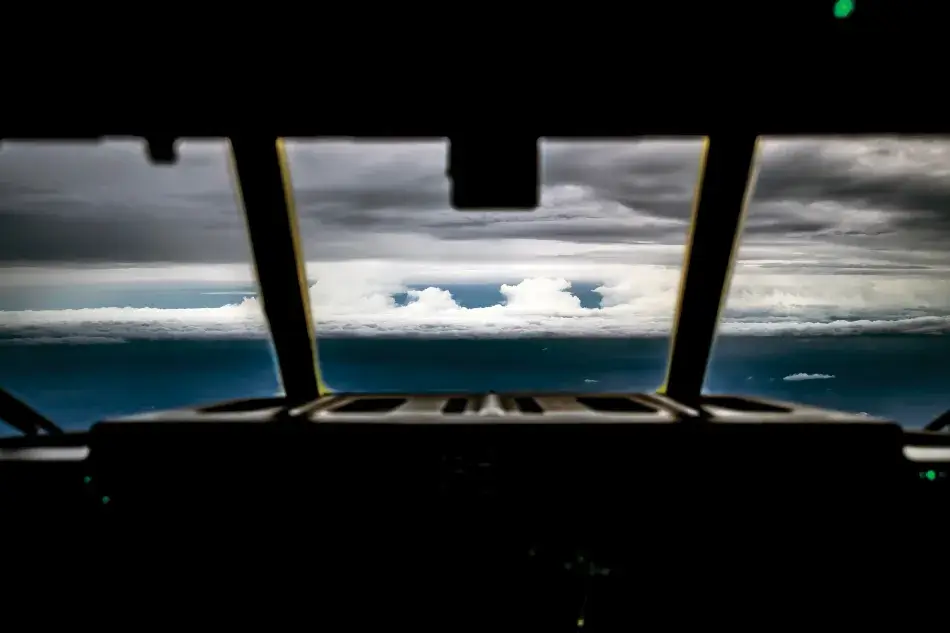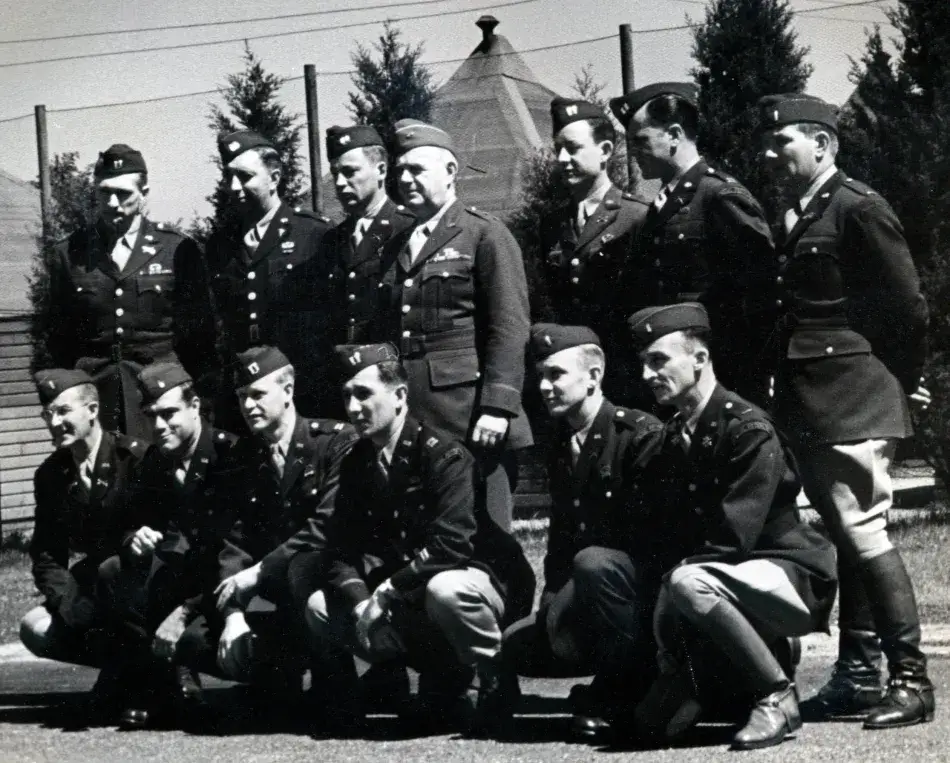Introduction
Since 1980, the United States has experienced over 230 major weather and climate disaster events that collectively have caused nearly $1.6 trillion in damages and costs.1 In 2017 alone, the United States was hit by sixteen separate billion-dollar disaster events, costing a total of $306 billion. These weather and climate disasters—along with natural hazards such as earthquakes, public health crises arising from disease outbreaks, and human-caused disasters such as contaminant spills—threaten human lives and pose challenges to relief efforts, restoring ecosystems, and rebuilding communities.
Science—including biological, physical, social, behavioral, cultural, engineering, and medical disciplines—plays an important role in responding to such crises. Physicians and geochemists collaborated in assessing the short- and long-term health impacts of dust from the September 11, 2001, attacks on the World Trade Center.2 In 2010, scientists and engineers with expertise in oceanography, geology, engineering, physics, public health, and ecology helped contain the Deepwater Horizon oil spill and assess the extent of its damage to the Gulf Coast. When Hurricane Sandy made landfall in 2012, scientists and engineers were summoned to evaluate structural damage, assess health and environmental risks, and provide direction for response and recovery efforts. The Oso Landslide in Washington State in 2014 drew researchers who served side-by-side with emergency managers to evaluate the stability of the nearby slope and landslide dam, sharing technical information with both decision-makers in the field and the public. In 2016, when the Zika virus threatened the well-being of Caribbean, South American, and U.S. citizens, experts from a variety of scientific fields worked together to assess human-health and environmental impacts and develop interventions ranging from genetically modified mosquitoes to chemical spraying.3 In each case, science during crisis was essential to an effective response.

A rich literature on preparing for crises exists, but strategic deployment of scientific expertise and application of scientific information during crisis events is understudied. There is a critical need to develop best practices to collect relevant data; work together with affected communities; establish interdisciplinary teams; coordinate scientists, engineers, crisis managers, and decision-makers when disaster strikes; and ensure their collaboration through the crisis, response, and recovery.
What Comprises Science During Crisis?
Science during crisis includes conducting scientific research and analyzing data, as well as organizing, staffing, communicating, and archiving scientific and technical resources during a crisis event.4 Crisis events are most often acute disruptions and place-specific, with consequences for both natural and human systems.

Science during crisis requires the engagement of scientists and engineers across a broad range of disciplines, as well as emergency managers, resource managers, policy-makers, business owners, and the public. Because crises impact people and infrastructure and/or environmental assets of societal value, science during crisis is necessarily human-centric. Science during crises helps guide decision-making, from search and rescue operations and environmental remediation plans to health monitoring and evacuation planning. Further, scientific work done in emergency response directly impacts the lives and livelihoods of survivors in a crisis-affected area. Hence, crisis response may turn litigious despite being informed by science, with scientists called to testify in local, state, or federal courts.
For scientists serving in a crisis response, the protocols and timescales of conducting research during the crisis differ from the usual practice of science. Scientific research typically is deliberate and iterative, with peer-reviewed publications the hallmark of success. In contrast, science in support of emergency management is rapid, decisive, and typically moves forward necessarily based on more limited information. Success is gauged by lives saved, injuries reduced, ecosystem and infrastructure services restored, speed of recovery, and development of mitigation tools for future disasters. These differing strategies and goals can impair coordination and information-sharing during response.5 They can also jeopardize careful consideration of challenges, risks, and ethical protections inherent in scientific undertakings. Little formal training in emergency response, ethical issues, or legal obligations is available for scientists to inform their work during crises. Similarly, there are few examples available of technical training in the sciences or the application of science for emergency managers.
The Importance of Science during Crisis
Weather and climate crises, natural hazards, public health crises, and technological disasters are inevitable, as are their cascading consequences across social, economic, and environmental systems. The challenges are exacerbated by significant human population growth, socioeconomic disparities, environmental factors including climate change, and diminishing natural resources. As the complexity of events increases, interdisciplinary science during crisis becomes increasingly important, and scientists will face new challenges in problem-solving, communicating results, and coordinating with response managers and decision-makers. Significant advances are needed in developing best practices, a research agenda for response, and policy reforms for science during crisis.
A persistent problem in responding to a crisis event is the temptation to “fight the last war.” For example, a common initial assumption is that a new oil spill is similar to one that occurred previously. Yet every disaster is in some ways unique, and every disaster is local. Scientists, emergency managers, policy-makers, and response personnel must maintain flexibility, recognize both new and experienced voices from a variety of backgrounds and disciplines, and encourage creativity in identifying solutions and possible interventions as quickly as possible.

Actions taken during crisis are likely to come under intense scrutiny, with pressure from a 24/7 news cycle, demanding politicians, and the looming threat of litigation. Science can support legally defensible, evidence-based decisions during crisis and play an important role in informing emergency managers, policy-makers, and the public. While the threat of liability or even prosecution—such as the conviction (and later acquittal) of scientists for manslaughter in the aftermath of the deadly 2009 L’Aquila, Italy, earthquake—is a potential deterrent to scientists who wish to contribute their expertise during crisis, scientists must be ready to engage during crisis and support fellow scientists lending expertise to response efforts.6
Science has played an important role during crisis for decades, and the scope of that work is broadening. The Office of Strategic Services (oss) recruited scientists and engineers to provide expertise and support intelligence efforts during World War II. More recently, National Oceanic and Atmospheric Administration (NOAA) Scientific Support Coordinators have served as technical experts to support the response to oil and chemical spills in U.S. waters.7 Similarly, the National Weather Service (NWS) created Incident Meteorologist positions to transmit critical weather forecasts to firefighters.8 In the public health arena, the National Institutes of Health (NIH) launched a Disaster Research Response Program (DR2P) to “create a disaster research system consisting of coordinated environmental health disaster research data collection tools and a network of trained research responders,” supported by library resources coordinated by the National Library of Medicine.9 The Centers for Disease Control and Prevention (CDC) created Global Rapid Response Teams offering technical and scientific advice in the face of global public health crises.10 Incident management at the Department of Health and Human Services routinely includes scientists from the CDC and NIH. The Department of the Interior (DOI) established the Strategic Sciences Group (SSG), modeled after the OSS, to be deployed during crises to provide interdisciplinary scientific assessments to DOIleadership. Agencies like the U.S. Geological Survey (USGS) coordinate with the Federal Emergency Management Agency (FEMA) to ensure scientists are on site during exercises to provide situational awareness.

In academia, the Stanford-led Science Partnerships Enabling Rapid Response (SPERR) project analyzed relationships between academic scientists and federal responders during the Deepwater Horizon oil spill and proposed solutions for improved coordination during future crises._1 In addition, organizations such as the Geotechnical Extreme Events Reconnaissance (GEER) Association mobilize engineering experts to support initial reconnaissance efforts after disaster events, while On-call Scientists at the American Association for the Advancement of Science respond to requests from human rights organizations to advise on and assess response measures in disaster-struck areas.12 Though not an exhaustive list, these examples of organizational responses highlight the vital and growing role of science and scientists during crisis.
About This Report
In April 2017, the American Academy of Arts and Sciences held a workshop to address issues surrounding science during crisis, focusing on the United States. The workshop engaged a diverse and interdisciplinary group of scientists, decision-makers, and communicators (see Appendix A for a list of participants). Workshop participants made presentations and engaged in extensive dialogue and discussion. The discussions centered on the experiences of the participants during crises and recent advances in improving the application of science for preparedness, response, and recovery.
With the workshop presentations and discussions as foundation, this report provides recommendations to:
- Identify best practices for employing, facilitating, communicating, and conducting science during crisis;
- Describe critical research needed to strengthen science during crisis; and
- Identify and prioritize policy recommendations to promote and facilitate science during crisis.